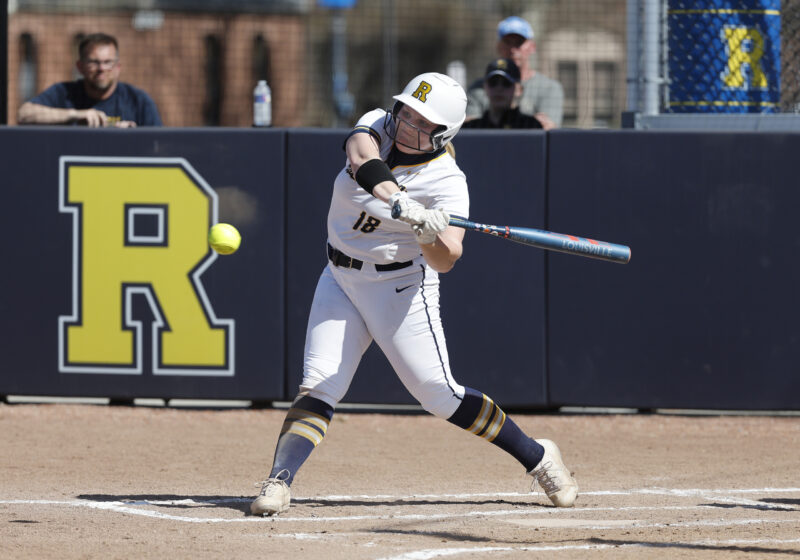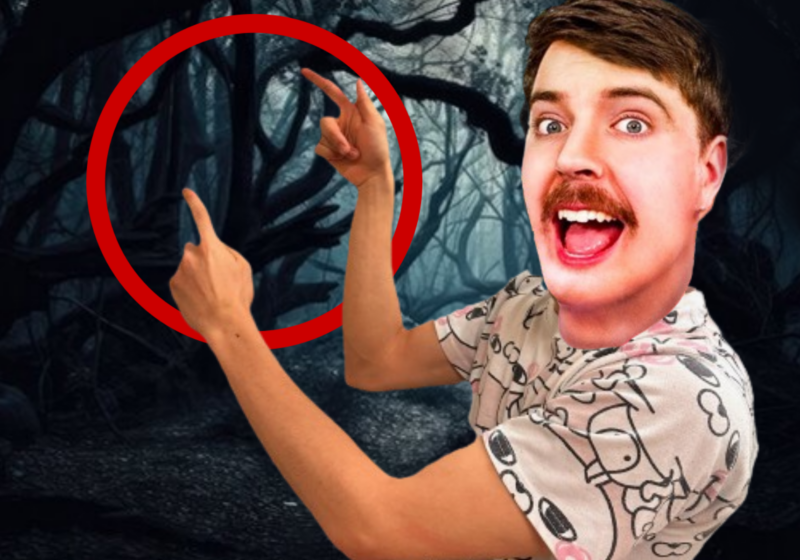Ossia New Music, Eastman’s student run music ensemble, hosted David Henderson’s production of faculty member Ricardo Zohn-Muldoon’s scenic cantata “Comala” for chamber ensemble, actors and three singers. On Monday and Tuesday, April 5 and 6. It was staged in Annex 804, an easily adaptable black box, and the studio was packed both nights. The composer himself was very content with the space. Despite being called an “opera” by everyone, Zohn-Muldoon prefers to use the genre specification “scenic cantata.” According to him, “the work has operatic elements in terms of drama, and occasionally of vocal writing. I feel that the type of plot, the flow of narration, the formal structure and the compositional complexity are far different from operatic conventions. The story unfolds linearly in self-contained tableaux without subplots. The interaction between characters is stylized and symbolic, not “life-like.” The music is really very demanding ‘concert’ music that requires careful listening, and should not be over-choreographed.” “Comala” is based on the novel “Pedro Pramo,” by the great Mexican author Juan Rulfo. However, it does not encompass the entire novel, but limits itself to the character Juan Preciado’s role in the narrative. In the story, Preciado grudgingly fulfills a promise made to his mother Doloritas on her deathbed. He travels to Comala to meet his father, Pedro Pramo, and to claim his rights as his legitimate heir. Upon arriving to Comala he learns that his father is long dead and realizes that Comala had become an abandoned and decaying village.Preciado meets Eduviges Dyada, who assures him that she was forewarned of his coming by the dead Doloritas. Further events reveal that Eduviges, like other characters he meets, is only a materialized memory, a ghost. A vexing night, filled with encounters with the spirits, reveals to Preciado the tragic history of the city and drives him to the verge of emotional collapse. Just before dawn, he finally finds shelter with a living couple. However, he soon learns that these survivors, living as man and wife, are siblings. Juan Preciado’s psyche worsens from the physical and moral corruption of their household. During the night, profiting from her brother’s absence, the sister invites Preciado to sleep with her. In his delirious state of mind, Preciado hallucinates that the woman melts into a puddle of mud. Horrified, he runs out of the house, and wanders madly in the dark streets of Comala, pursued by swarms of murmurs that fuel his terror at every step. Upon arriving to the plaza, he feels “his strings break,” and his last breath leave him. In death, Preciado finds peace, waking up from the nightmare of his life, to the reality of memory. In this production, he gets murdered by his own spirit. Zohn-Muldoon admitted that “the piece is extremely difficult in terms of rhythm and ensemble coordination” and that the general consensus was that the performers could have used “many more rehearsals.” “The entire production came together rather suddenly and at the last minute,” According to soloist Scott Perkins. “The singers had very few opportunities to work with the ensemble, and some of the scenes were run for the first time during the dress rehearsal the afternoon before the show opened. It’s fair to say that there was a relatively large amount of independent diligence, not to mention patience, Continued from Page 17 be certain that everything would come together. Fortunately everyone stepped up and contributed, and had it been otherwise the performances would not have gone nearly as smoothly as they did.” Despite the pressure for musical and staging rehearsal time, the performances of “Comala” was excellent. Jess Mack’s set design was very practical and easy to operate. It consisted of one piece situated in the middle of the stage, which served a double purpose. When turned with its wall facing the audience, the back was used for quick storing of necessary equipment. If the scene had to be set in a room, two assistants could easily turn the set on its wheels to reveal a bed and a chair. It was the optimum possible setting for the quick scene changes in Zohn-Muldoon’s work. The ensemble’s coordination was very impressive, especially since the dimmed lightening and the staging could not assure constant eye contact between the singers and conductor Clay Greenberg. The two on-stage singers, Heather Gardner and Perkins, performed this very difficult scenic cantata from memory. The melodies and motives of “Comala” are very memorable, however the quickly changing harmonic language, sparse texture and intricate singing lines would frequently prevent most classically trained vocalists from performing the piece. A notable fact is that Gardner and Perkins, as well as Zach Wadsworth, the off-stage tenor, are not vocal performance majors. Gardner, who will graduate with a viola degree, is a prolific violinist and singer. She serves on the Ossia New Music board and is a Take Five scholar at UR. Perkins earned his BM in composition and a voice minor at Boston University, and is currently pursuing his MA in theory at Eastman. Wadsworth is a junior composition major. The acting parts were executed by Michael O’Connor, Brian Adams, Cara Addington, Katherine Wahl and Chelsea Wahl. They spoke in English, whereas the singing parts were in the original Spanish. A work such as Zohn-Muldoon’s “Comala” demands the time and dedication of intelligent versatile performers, who are able to learn music quickly and well, and who can adapt well to unusual and challenging performance circumstances. Greenberg, Gardner, Perkins and Wadsworth are truly complete musicians, as they possess various talants needed to approach any work, understand it and give it justice. The composer and music lovers were fortunate to hear this ensemble perform last week. As Zohn-Muldoon said, “[I] had the good fortune to work with David Henderson, Clay Greeneberg and a first rate group of musicians and cast who were extremely talented, supportive and dedicated. So, what you saw last night is really the final version of a long and arduous process.” Fol can be reached atafol@campustimes.org.
Softball
UR softball defeats St. Lawrence, Skidmore, and splits with RPI
Gorecki opened the scoring in the first inning by doubling down the left field line, scoring Laygo from third.
Clickbait
I SAW A MAN IN THE WOODS (CLICKBAIT!!!!)
You are an absolute buffoon. I’m crying from laughing as I type this, just imagining your dumbfounded face. How could you fall for this?
Album Review
Colin’s Review Rundown: English Teacher, Imminence
English Teacher “This Could Be Texas” For fans of: Black Country, New Road; Black Midi British rockers English Teacher came…





